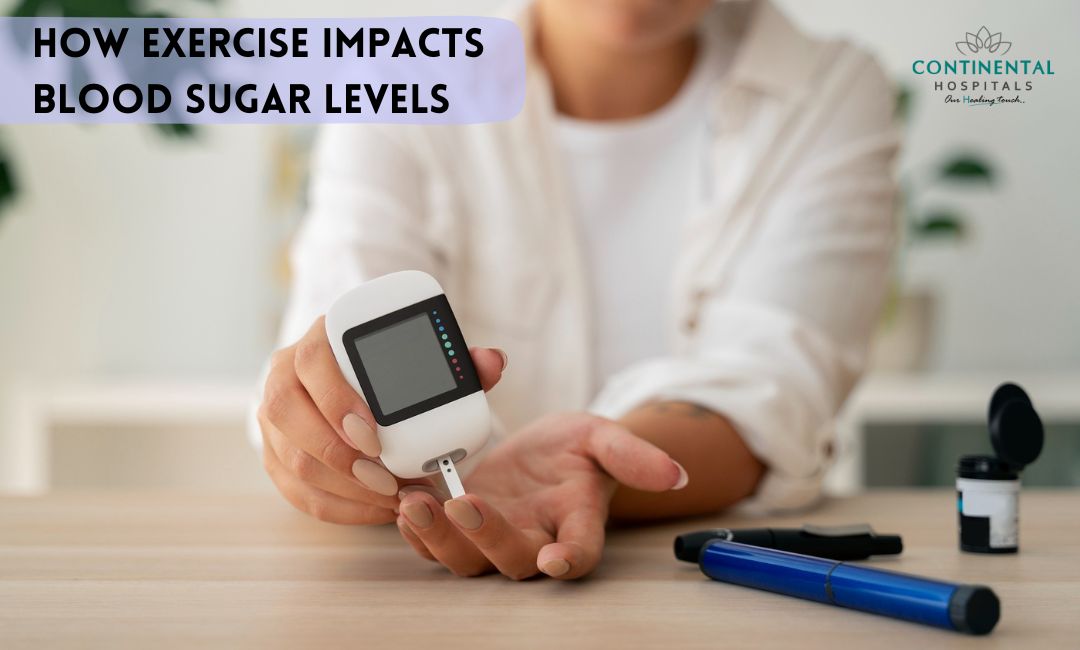Monitoring your blood sugar levels is crucial for managing diabetes and maintaining overall health. One of the most effective tools for this is a glucometer, a device that allows you to check your blood glucose levels quickly and easily. In this blog post, we'll walk you through how to use a glucometer effectively, ensuring you get the most accurate readings possible. We’ll also cover the importance of regular monitoring and how to interpret the results.
What is a Glucometer?
A glucometer, also known as a blood glucose meter, is a small device that measures the amount of glucose (sugar) in your blood. It helps individuals with diabetes keep track of their blood sugar levels, which is crucial for maintaining health and preventing complications. Understanding how to use this device correctly can empower you to manage your condition better.
Types of Glucometers
There are various types of glucometers available today, including:
Standard Glucometers: These devices require you to manually enter codes or use coded test strips.
🥗 Healthy Plate Challenge
🍽 Add Your Favorite Dish
Pick Your 6 favorite foods, eat, and see the results.Drag & drop foods onto your plate.
Drop Food Here
Smart Glucometers: These devices connect to apps on your smartphone, allowing for easy tracking and sharing of data.
Continuous Glucose Monitors (CGMs): These devices provide real-time blood sugar readings and can alert you to high or low levels.
Regardless of the type you choose, the steps for using a glucometer remain relatively similar.
Step-by-Step Guide to Using a Glucometer
Using a glucometer might seem intimidating at first, but with practice, it becomes a straightforward process. Here’s a simple step-by-step guide:
Gather Your Supplies
Before you start, make sure you have everything you need:
- Glucometer
- Test strips (make sure they are not expired)
- Lancet device and lancets
- Alcohol swabs or soap and water
- A logbook or app to track your results
Wash Your Hands
Start by washing your hands with soap and warm water. This step is essential as it helps prevent infection and ensures that your hands are clean, providing more accurate results. If you’re on the go and can’t wash your hands, using an alcohol swab on your fingertip will work in a pinch.
Prepare the Lancet Device
Load the lancet into the device according to the manufacturer’s instructions. Adjust the depth setting on the device if necessary—typically, a setting of 2 or 3 works best for most people.
Prick Your Finger
Choose a finger (usually the side of your fingertip is less painful) and use the lancet device to prick it. You should feel a quick pinch. If you don’t see a drop of blood, you can squeeze your finger gently to encourage blood flow.
Apply the Blood to the Test Strip
Take a test strip and insert it into your glucometer. The device will usually beep or display a symbol indicating it's ready for a sample. Touch the blood drop to the end of the test strip; do not smear or spread it. Wait for the glucometer to process your sample.
Read Your Results
In a few seconds, your glucometer will display your blood sugar level. Most glucometers will provide a clear reading, usually in milligrams per deciliter (mg/dL). If the result is higher or lower than your target range, note it down.
Dispose of the Lancet and Strip
After taking your reading, safely dispose of the lancet and test strip in a sharps container or a sealed plastic bag to prevent injuries.
Record Your Results
Keeping track of your blood sugar levels is crucial. Use a logbook or a diabetes management app to record your readings, noting the time and date. This information will help you and your healthcare provider understand your blood sugar patterns and make informed decisions about your treatment plan.
Tips for Accurate Readings
Calibrate Your Glucometer: Some glucometers require calibration with a control solution. Check your device’s manual for instructions.
Check the Expiry Dates: Ensure your test strips are within their expiration date for accurate readings.
Use Different Fingers: Rotate fingers to prevent soreness. Avoid using the same finger repeatedly.
Avoid Extreme Temperatures: Store your glucometer and test strips in a cool, dry place, away from direct sunlight.
Understanding Your Blood Sugar Levels
Knowing how to interpret your results is just as important as taking the readings. Here’s a simple breakdown:
Normal Blood Sugar Levels: Typically, fasting blood sugar should be below 100 mg/dL, while post-meal levels should be below 140 mg/dL.
Pre-diabetes: A fasting level between 100 and 125 mg/dL indicates pre-diabetes.
Diabetes: Fasting blood sugar levels of 126 mg/dL or higher usually indicate diabetes.
Factors That Affect Blood Sugar Levels
Many factors can influence your blood sugar readings, including:
- Diet: What you eat and drink plays a significant role in your blood sugar levels.
- Physical Activity: Exercise can lower your blood sugar levels, while inactivity can raise them.
- Stress: Physical or emotional stress can lead to higher blood sugar levels.
- Medications: Some medications can affect your blood sugar levels, so it’s essential to communicate with your healthcare provider about any changes.
When to Check Your Blood Sugar
Your healthcare provider will give you specific instructions on when to check your blood sugar levels. However, here are some common times to test:
- Fasting: First thing in the morning before eating.
- Post-meal: 1-2 hours after eating to understand how your body reacts to different foods.
- Before and After Exercise: To ensure your blood sugar remains stable during physical activity.
- When You Feel Unwell: If you experience symptoms of high or low blood sugar, check your levels immediately.
Conclusion
Using a glucometer effectively is an essential skill for anyone managing diabetes or monitoring blood sugar levels. By following these simple steps, you can ensure accurate readings and gain valuable insights into your health. Remember to keep track of your results and discuss them with your healthcare provider to adjust your diabetes management plan as needed. Regular monitoring can help you maintain stable blood sugar levels, leading to a healthier and happier life. So, don’t hesitate—take charge of your health today with your glucometer!
.webp)














